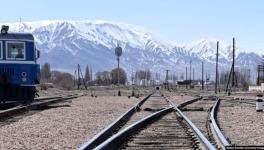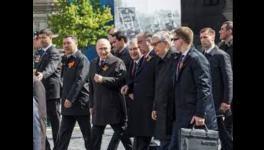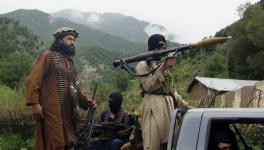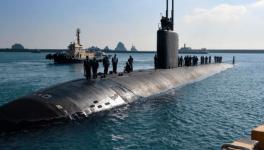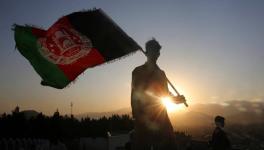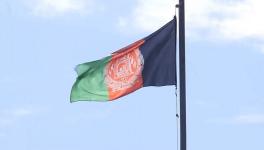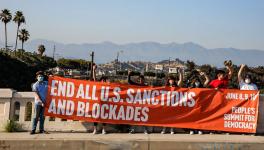30 of 38 killed in Afghan Air Force operation were children: UN report
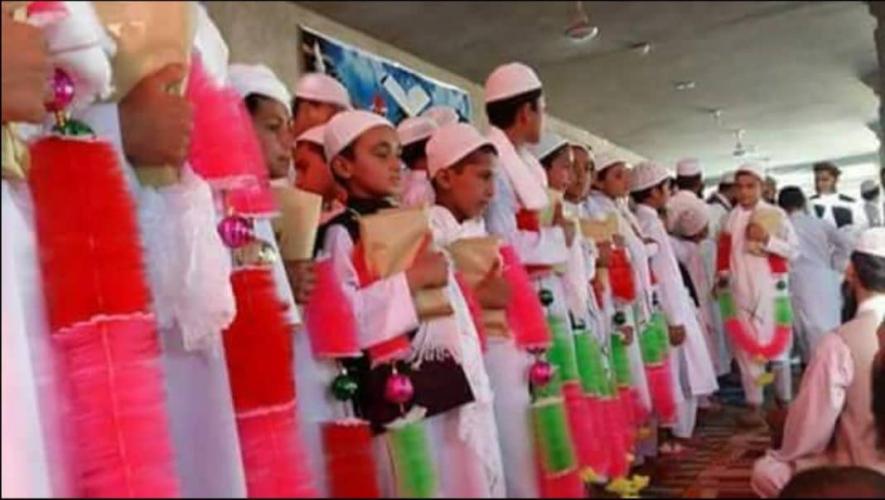
On April 2, an estimated 500-1500 men and boys had gathered for an open air ‘dashtar bandi’ – a religious ceremony – in Laghmani village of Dasht-e-Archi district of Kunduz province in Afghanistan, to celebrate the completion of the memorization of Quran by students of nine different madrassas.
As is common in all gatherings in areas under the Taliban’s control, unarmed members of the group were present, apart from some armed fighters who were providing security by manning temporary checkpoints, according to witnesses United Nations Assistance Mission in Afghanistan (UNAMA) spoke to.
Around 12:30 in the afternoon, the gathering came under attack by rockets and .50 calibre heavy machine-guns fired from MD-530 helicopters of the Afghan Air-force. According to the Government, the strike targeted Taliban leaders, including members of Quetta Shura and ‘Red Unit’, who had allegedly gathered in the village for a meeting to prepare military plans to launch an attack to take control of Kunduz city.
Statements from the government, days after the strike, claimed that 18 top Taliban commanders, both Afghan and foreign, were killed and 12 others wounded. UNAMA was later informed by the government that 25 Taliban members were killed and 31 were injured. According to UNAMA’s investigation, however, at least 38 people were killed, 30 of whom were children, while among the 71 injured, 51 were children.
Children, who were seated separately from adults in the rear end of the field where the ceremony was held, were the first to come under fire. According to accounts of victims and witnesses interviewed by UNAMA, “after the first rocket struck the crowd and people ran towards the nearby road and houses, the helicopters continued to launch rockets in the village and fire machine guns.. following the path of individuals fleeing the area.” UNAMA said in the report released yesterday that the body could not independently verify these claims, though it is consistent with multiple testimonies.
Audio recordings of the incident obtained by UNAMA, the report states, are “consistent with multiple rounds of rocket fire and heavy machine gun fire from the air, as well as small arms fire from the ground.” Interviews with victims, witnesses and medical personnel also confirmed that “injuries resulted from shrapnel from the rocket attack while those who were killed had reportedly been hit by machine gun fire and rocket shrapnel.”
Though the government acknowledged that civilian casualties had occurred and set up a commission to investigate the incident, the findings of the investigation have not been made public yet.
Questioning the rules of engagement employed by the government, the report stated:
“UNAMA is not in a position to determine whether senior Taliban leaders were present at the ceremony or not.. However, even if the government had a legitimate military objective, UNAMA’s findings raise serious concern as to the process that was followed by the military in planning and carrying out its attack. The high numbers of child casualties resulting from this attack, which took place in a civilian area during a religious ceremony, combined with the use of imprecise weapons in this context, raise questions as to the respect by the government of the rules of precaution and proportionality. UNAMA’s findings indicate that the ceremony was religious in nature, had been widely advertised and known, and the crowd gathered was primarily civilian, many of whom were children, many under the age of ten.”
Given the circumstances under which helicopters fired, the report argues that it was “reasonably foreseeable that an attack against this area, using imprecise weapons, during a religious ceremony would have caused a large number of civilian casualties, with lethal indiscriminate effects.”
Noting that the residents interviewed by UNAMA felt that, since they were living in an area controlled by the Taliban, the governmental authorities viewed them with suspicion, the report went on to state, “UNAMA reminds the Government that civilians residing in an area under Taliban control remain civilians protected from attack unless.. they actively participate in hostilities. UNAMA notes that for many civilians living in Taliban-controlled areas, they may not have an alternative option, and one’s residence is not indicative of any affiliation with a particular group. In case of doubt as to the character of a person, the person shall be considered a civilian and cannot be attacked. Only a careful assessment that concludes that the person is a legitimate target can justify an attack.”
While acknowledging that this U.N body is not in a position “to determine whether the Government’s actions in planning and carrying out the aerial operation on 2 April amounted to violations of international law,” the report however pointed out to serious concerns “about a lack of precautions taken to protect civilians from harm” and called for “further investigation by competent authorities,” urging the Government “to investigate, fully document and conduct a transparent review of the circumstances that led to this incident and to take immediate steps to ensure accountability for those responsible along the chain of command.”
Further, the report also recommended “the implementation of measures to strengthen accountability and transparency within the context of planning and conducting military operations in order to prevent unnecessary and unacceptable harm to civilians in the future.”
Get the latest reports & analysis with people's perspective on Protests, movements & deep analytical videos, discussions of the current affairs in your Telegram app. Subscribe to NewsClick's Telegram channel & get Real-Time updates on stories, as they get published on our website.









